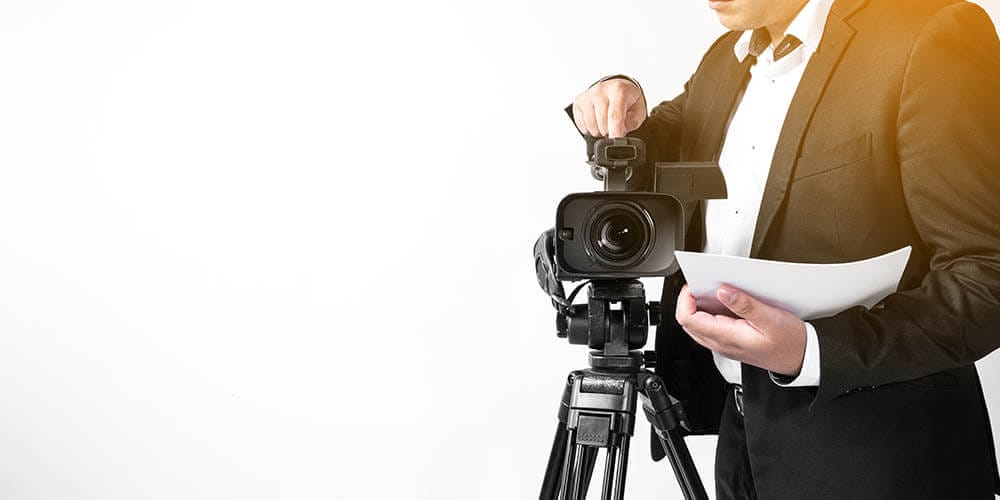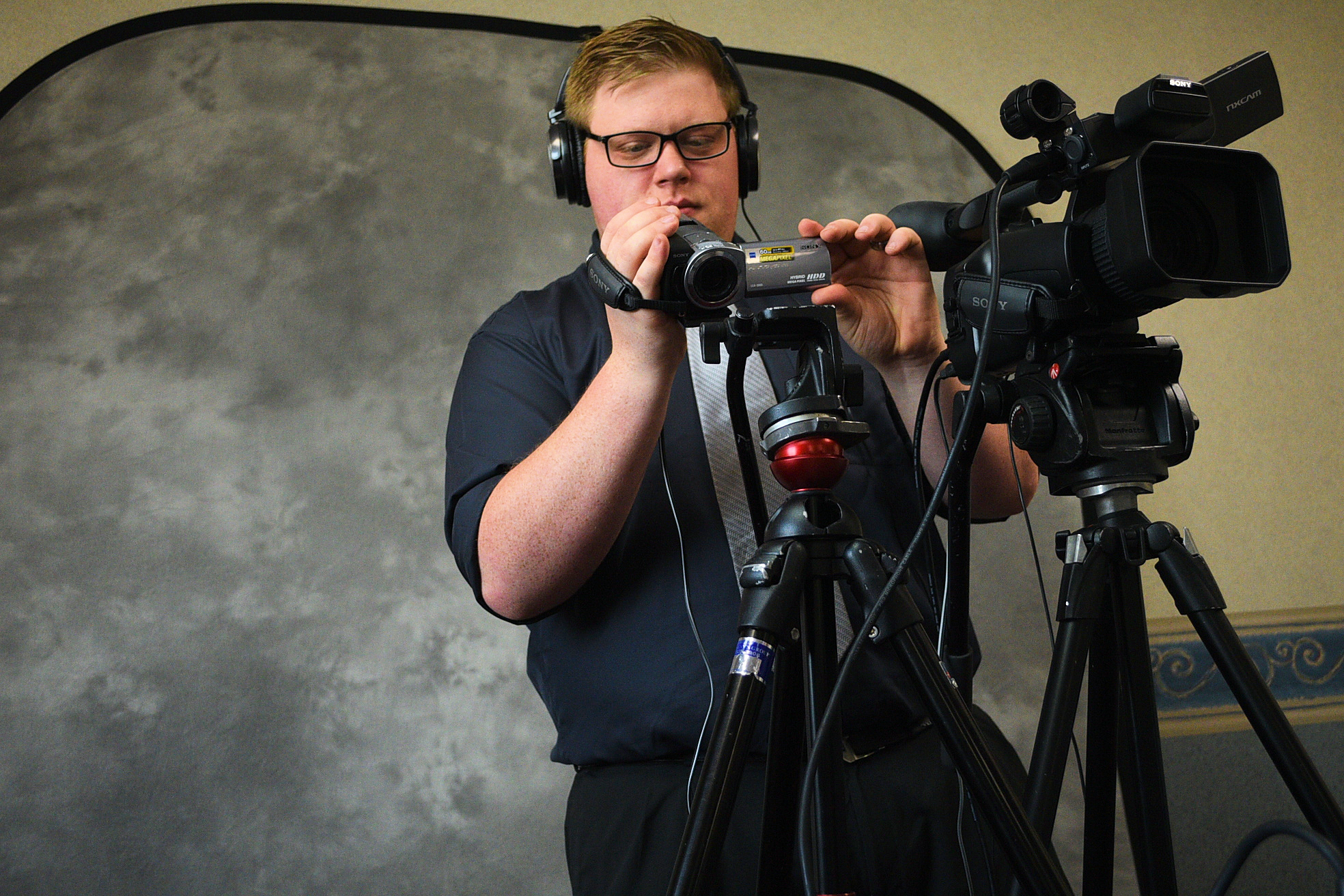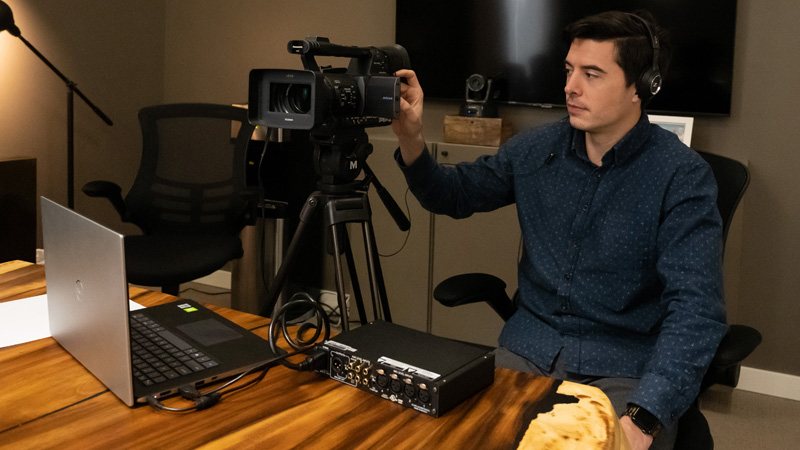How Legal Videography Enhances Precision in Courtroom Procedures
Trick Advantages of Making Use Of Videography in Legal Instances
The integration of videography in legal instances provides a range of critical advantages that can dramatically affect test results. As the lawful landscape continues to evolve, the effects of leveraging videography in test settings value more detailed assessment, particularly in comprehending how these benefits translate right into concrete results in the courtroom.
Boosted Evidence Presentation
Enhanced proof discussion via videography has transformed the means lawful cases are argued and recognized in the courtroom. By integrating top quality video clip recordings into lawful proceedings, lawyers can convey complicated info in a more interesting and understandable manner - Legal Videography. Videography enables the visualization of evidence, making it less complicated for discretionary to comprehend the context and importance of the presented realities
Along with enhancing clearness, videography can additionally capture real-time events, providing an authentic representation of incidents pertinent to a case. This immediacy can substantially influence the persuasiveness of an argument, as aesthetic proof usually reverberates extra strongly than composed documents. Video clip proof can include essential components such as body language, tone of voice, and ecological aspects, all of which contribute to a much more all natural understanding of the case.
Using videography likewise enables efficient organization of evidence, making it possible for attorneys to provide their debates in a coherent and logical manner. By purposefully including video into their presentations, lawyers can facilitate an extra efficient analysis of the proof, ultimately resulting in notified decision-making by the court. The transformative power of videography in lawful contexts is both obvious and indispensable.
Improved Witness Trustworthiness

Video evidence can also reduce possible prejudices that might occur from the witness's appearance or quirks in a live setup. By offering a well-produced video, lawful teams can make certain that the focus continues to be on the content of the testimony instead than peripheral variables that could weaken reliability. The opportunity to evaluate documented declarations can strengthen witness consistency, as disparities can be attended to prior to trial, leading to more dependable testimonies.
Furthermore, the durability of videography gives a protect versus memory degeneration or false impression over time. By having a clear, proven account of witness declarations, lawful specialists can build a more powerful instance, enhancing the total trustworthiness of the witness and, as a result, the stability of the judicial process.
Engaging Jury Experience
Videography can considerably raise the court's interaction during legal process. By integrating top quality video clip discussions, legal groups can record and maintain the interest of jurors, transforming complex details into aesthetically compelling narratives. This involvement is vital, as jurors often have a hard time to absorb thick lawful terms and elaborate information provided entirely through conventional methods.
Video clip evidence permits jurors to witness occasions as they unravelled, providing context that created testimonies may do not have. Making use of dynamic visuals can evoke psychological actions, making the instance much more unforgettable and relatable. As an example, security video or reenactments can illustrate essential moments, making it possible for jurors to visualize the proof in an engaging way.
In addition, videography can facilitate an extra interactive experience. Jurors can see and hear witnesses, which includes a layer of credibility and immediacy that created transcripts can not reproduce. This multi-sensory strategy fosters deeper comprehension and retention of today product.

Effective Situation Storytelling
Videography serves as an effective device to craft and visit this page provide this narrative, engaging the jury and boosting their understanding of the instance. By aesthetically showing the occasions leading to the lawful disagreement, videography enables attorneys to show complex scenarios in a relatable and clear way.
Incorporating components such as witness repairs, interviews, and animations, videography gives a multi-dimensional viewpoint that typical approaches can not accomplish - Legal Videography. This visual representation not only help in clearing up realities but additionally assists jurors keep important details. The dynamic nature of video clip can damage down obstacles of understanding, making intricate details extra obtainable.
Ultimately, reliable case storytelling through videography transforms the court room experience, permitting lawyers to present their arguments in click for more info a convincing and engaging manner. By using the power of visuals, lawyers can dramatically enhance their capability to connect vital narratives and achieve desirable outcomes for their customers.
Preservation of Statements
Maintaining testaments is a vital facet of lawful proceedings, as the precision and honesty of witness statements can dramatically impact the result of an instance. Videography serves as an efficient device in this regard, guaranteeing that testimonies are tape-recorded in their initial context, thus lessening the threat of false impression or distortion gradually.
By capturing non-verbal and spoken cues, videography supplies a detailed account of witness statements, which can be very useful during test process. This approach not only documents the material of the testimony but also preserves the demeanor and emotional actions of witnesses, using juries a richer understanding of the testimony's reputation and relevance.
Furthermore, using videography assists in a more trusted evaluation of testimonies address throughout post-trial analyses or pre-trial prep work. Attorneys can take another look at taped statements to clarify information, examine variances, or establish techniques for cross-examination.
Essentially, videography enhances the preservation of testimonies, fostering a transparent lawful procedure that can cause more equitable outcomes. By protecting the integrity of witness statements, legal specialists can much better advocate for their clients and copyright the concepts of justice.

Verdict
In final thought, the assimilation of videography in legal situations significantly boosts the presentation of proof, bolsters witness credibility, and astounds juries through engaging visual web content. Jointly, these benefits underscore the essential duty of videography in contemporary lawful techniques, inevitably adding to even more educated judicial results.
The integration of videography in legal instances presents a range of tactical benefits that can considerably affect test results.Improved evidence presentation via videography has changed the way legal instances are suggested and comprehended in the courtroom.Videography can considerably boost the jury's interaction throughout legal procedures. By visually portraying the occasions leading to the legal conflict, videography allows attorneys to highlight intricate situations in a relatable and clear way.In verdict, the combination of videography in legal cases considerably enhances the discussion of proof, reinforces witness integrity, and captivates juries via engaging visual content.